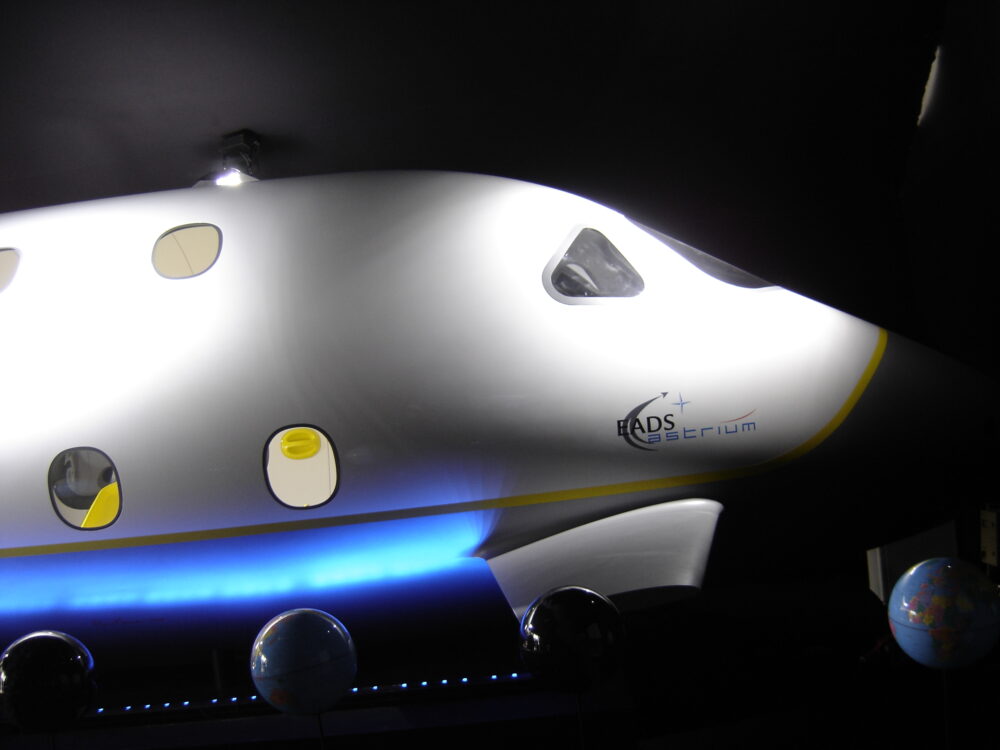For many, the idea of going beyond the boundaries of Earth’s atmosphere is exhilarating. Curiosity has propelled human development, allowing us to reach the stars. From inventing the airplane to landing on the moon, humanity has an obsession with what lies above. To explore the stars and be launched into the midst of a tenebrous abyss is a nightmare to some and a dream to many.
Children often dream of one day going into space. When asked what their dream career is, some reply of wanting to be an astronaut, for they were taught it was the only way to go beyond our sky’s horizon. Even if one is not inspired to be an astronaut, children are always encouraged while growing up to “reach for the stars!” In recent years, people besides astronauts have taken the common phrase and made it into a reality by going to space. In 2021, Jeff Bezos, the founder of Amazon, coordinated a program to launch himself into space. He was able to start Blue Origin, a company focused on bringing people to space as a tourism program. In November 2022, the YouTube group Dude Perfect published a video called “Dude Perfect Goes to Space,” showcasing how a member of their team was able to join others who paid for a 10-minute flight being launched into space by Blue Origin. With the idea of space travel becoming more of a reality, “reaching for the stars” has been taken literally as people have the opportunity to pay for the experience.
Space travel might soon be a recreational activity, but for years, scientists have researched the safety of such endeavors. Though astronauts have routinely gone to space to explore the science behind what is out there, many suffer from the consequences of their travels. Astronaut Scott Kelly was examined after his year-long trip in space to visualize the effects of longitudinal space flight. In comparison to his twin brother, who stayed on earth for the duration of his flight, Scott Kelley became shorter and more nearsighted, and developed symptoms of heart diseases that were not present before his journey.
Other studies of astronauts found a number of other physiological and emotional damages exhibited by the human body after spending a long duration of time in space. For example, space motion can cause lingering nausea and dizziness post-landing. Another event that can occur is “puffy face bird leg phenomenon.” The low gravity in space causes blood and other fluids to rush to the upper body, where they stay and swell in the body. Blood volume drop is an additional problem that can occur. This condition can lead to problems in how the heart pumps blood to the rest of the body, which leads to explain why Scott Kelly observed problems in relation to his heart.
With space tourism becoming more relevant, how will companies like Blue Origin address the physiological damage that space travel can cause? Though they limit the travel time to 10 minutes, not much is known about how much time is needed to affect the body. However, scientists have identified one possible way to combat this complication: exercise. A recent study published in 2023 analyzed how certain exercises such as running on the treadmill and lifting weights go a long way to help reduce the effects of space travel on astronauts.
Even though organizations like NASA have been conducting extensive research into improving space flight, there is still no long-term solution to prevent the damage that Scott Kelly and other astronauts faced while in space. So when considering the wonders of space tourism, one should consider how developed this trend is. After all, we only know about 5% of the universe, so how far can we travel to discover the rest if not much is even known about its effects?
Image courtesy of Wikimedia Commons






